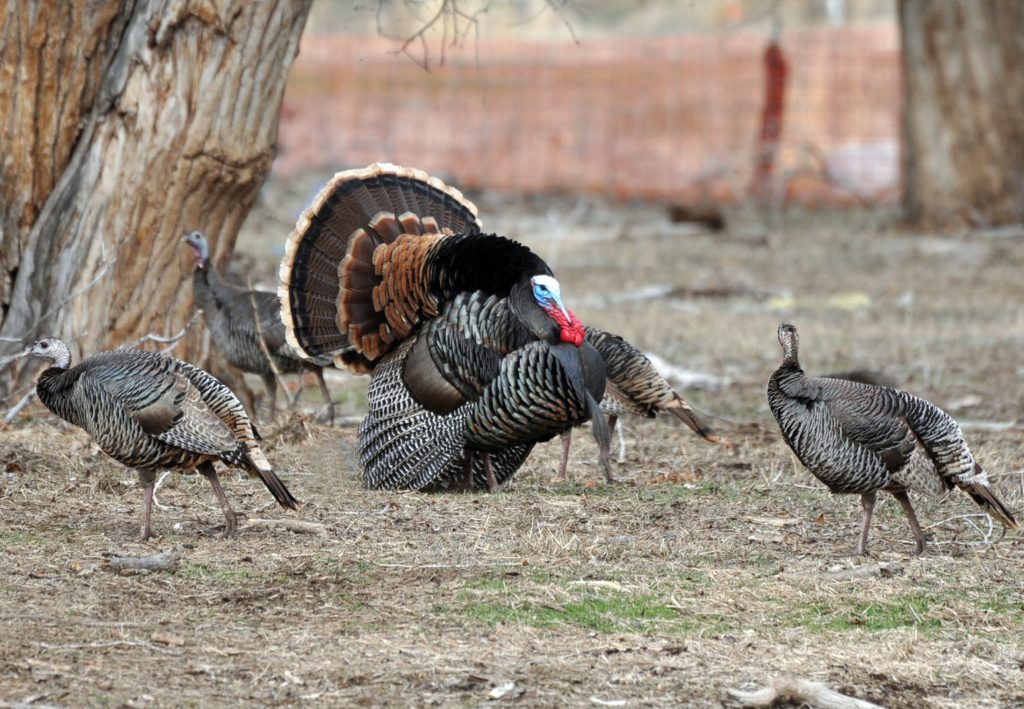
Turkeys and wild horses may become more of a common sight this spring.
The Utah Division of Wildlife Resources has reported an increase in turkey and wild horses.
Utah’s turkey hunt alive and well
There are still plenty of turkeys and hunting permits available for Utah’s statewide turkey hunt this spring.
Jason Robinson, upland game coordinator for the Division of Wildlife Resources, said reports indicate the hunting this season has been a success.
“We’ve been getting lots of positive feedback from hunters,” Robinson said. “They’re hearing and seeing lots of turkeys this year.”
For those interested in participating in the turkey hunt, permits can be purchased from a hunting license agent, DWR office or at wildlife.utah.gov. Those who purchase permits online will not be able to begin hunting until their permits arrive in the mail, which will likely be a few days after purchase.
“May is a great month to be outdoors with your family and friends,” Robinson said. “The weather is nice, and there are plenty of turkeys to hunt.”
For tips and tactics on hunting turkeys, the Division of Wildlife Resources has provided free videos and a guidebook.
Wild horse population in the west exceeds BLM land use recommendations
The Bureau of Land Management is looking for assistance from legislative authority to address the overpopulation of wild horses and burros roaming Western public rangelands.
There are over 67,000 wild horses and burros – more than twice the recommended number, based on land use plans – according to BLM.
BLM Director Neil Kornze said that assistance from legislative authority is essential in addressing the problem.
“Over the past seven years, we have doubled the amount of funding used for managing our nation’s wild horses and burros,” Kornze said. “Despite this, major shifts in the adoption market and the absence of a long-term fertility drug have driven population levels higher. A number of program reforms are underway, but assistance is needed from our local, state and federal partners.”
Part of the reason for the significant increase is the dramatically decreasing adoption rates. This has made a difficult situation all but impossible to overcome.
Costs of lifetime care for horses removed from the range is around $50,000 per horse. The 46,000 horses and burros means the BLM will have to spend over a billion dollars caring for these animals the remainder of their lives.
The BLM has incorporated programs and plans to address this situation, including researching fertility control, moving horses to more cost-effective pastures, adopting new programs and partnerships and requesting new legislative authority. However, additional measures will need to be taken if this situation is to be fully addressed.




